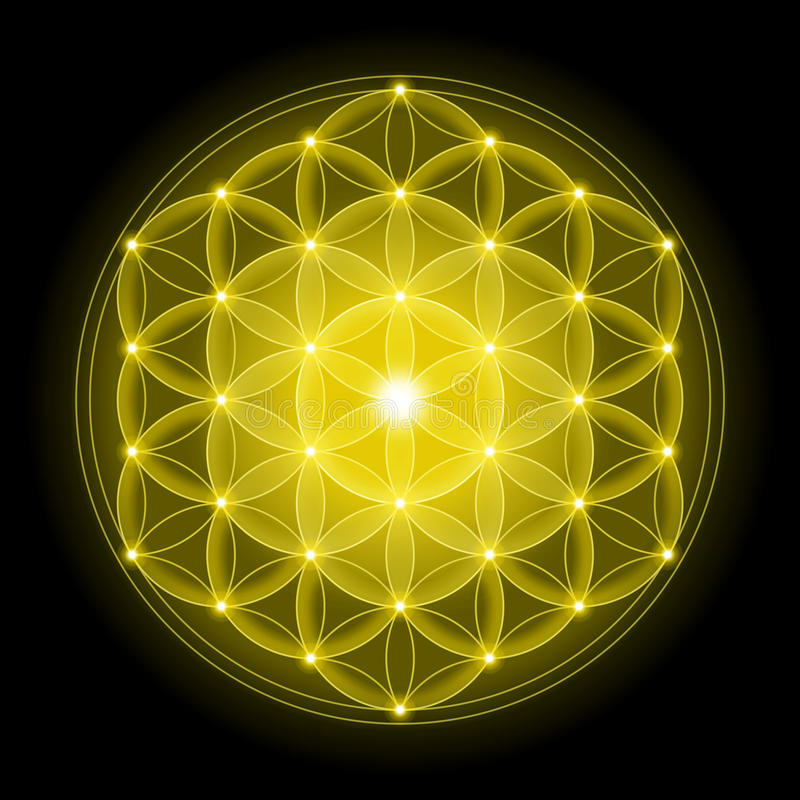Nanotechnology
Spectrum light control
QUANTUM AND NANOTECHNOLOGIES OF SPECTRUM CONTROL
Quantum technologies in lighting
Nanotechnology allows you to control the spectrum and create any required spectrum.
In 2018 and 2019, a line of biologically adequate light for humans and phytoeffective for plants were developed and launched into mass production. In the first case, ultraviolet (UV) and infrared (IR) are cut off according to the recommendations of specialists in biomedical problems. In the second, the most phytoeffective spectra for various crops are created together with specialists in high-precision crop production.
In the Russian Federation, our technologies were highly appreciated by the Institute of Biomedical Problems and the Institute of the Arctic and Antarctic. Specialists of the Department of Plant Light Physiology and Bioproductivity of Agroecosystems of the Agrophysical Research Institute of the Russian Academy of Agricultural Sciences were directly involved in research and development of application technologies. Work was also carried out at European institutions.
In 2018 and 2019, a line of biologically adequate light for humans and phytoeffective for plants were developed and launched into mass production. In the first case, ultraviolet (UV) and infrared (IR) are cut off according to the recommendations of specialists in biomedical problems. In the second, the most phytoeffective spectra for various crops are created together with specialists in high-precision crop production.
In the Russian Federation, our technologies were highly appreciated by the Institute of Biomedical Problems and the Institute of the Arctic and Antarctic. Specialists of the Department of Plant Light Physiology and Bioproductivity of Agroecosystems of the Agrophysical Research Institute of the Russian Academy of Agricultural Sciences were directly involved in research and development of application technologies. Work was also carried out at European institutions.

Applications:
Food and drug manufacturing
Food and drug manufacturing
In 2019, the results of 8 years of research and testing with the Agrophysical Research Institute of RASN (Saint Petersburg) of technologies for year-round intensive resource-saving production of high-quality plant products were published, demonstrating record yields and high quality, with the most stringent environmental requirements.
By 2020, a number of significant engineering complexes have been completed - autonomous programmable green plant factories for a wide variety, including extreme climatic conditions and hard-to-reach places for people to live.
Technology has absorbed the achievements of a number of scientific disciplines and is a new environmentally friendly way of food production.
In international practice, these are the most effective technologies that exclude the ingestion of mutagens, carcinogens, pesticides and herbicides into food.
In international practice, these are the most effective technologies that exclude the ingestion of mutagens, carcinogens, pesticides and herbicides into food.
The methods of light irradiation, as well as the control of the state of organic compounds and plant productivity, developed on the basis of these studies, have shown the most impressive ecological, quantitative and qualitative results, with the widest field of practical application. and highly appreciated by international colleagues of scientists, governments of different countries, industrial associations and individuals.
Applications:
Vision hygiene and safe video environment
Vision hygiene and safe video environment
Problem: a modern person spends up to 90% of daylight hours under artificial lighting. The effect of the toxic effects of unsafe lighting on a person is already felt after 20 minutes of being in these conditions. All lighting solutions on the international market have toxic effects (UV, IR, ripple, inadequate spectrum with peaks and dips, etc.). This causes disruption of the organs of vision, disorders of the nervous, endocrine and immune systems of a person. Irreversible for children under 14 years of age. Consequences - disability up to 96%.
Solution: Biologically adequate artificial lighting. Hygiene of light and safe video environment.
Lines of biologically adequate light for humans have been launched into mass production, in which the ultraviolet (UV) and infrared (IR) spectral regions are cut off according to the recommendations of specialists in biomedical problems.
Technologies for controlling the spectral composition of light have made it possible to create biologically adequate and phytoeffective lighting. Safe environment, vision hygiene and sanitary and epidemiological well-being of the population. Health-preserving technologies can prevent the development of disabilities, maintain health and improve well-being.
Solution: Biologically adequate artificial lighting. Hygiene of light and safe video environment.
Lines of biologically adequate light for humans have been launched into mass production, in which the ultraviolet (UV) and infrared (IR) spectral regions are cut off according to the recommendations of specialists in biomedical problems.
Technologies for controlling the spectral composition of light have made it possible to create biologically adequate and phytoeffective lighting. Safe environment, vision hygiene and sanitary and epidemiological well-being of the population. Health-preserving technologies can prevent the development of disabilities, maintain health and improve well-being.
Since 2018, the line of graphene-containing lamps began to possess a biologically adequate solar spectrum - these are the own developments of the Association, and the first photobiologically safe lighting solutions of any level of complexity.
Biologically adequate artificial illumination without toxic effects for the human body: UV and IR radiation, pulsation, "peaks" and "dips" of the spectrum are eliminated. Engineers manage the spectrum and create the required one for the intended purpose. Polymeric coatings for LEDs have been developed and are being introduced, allowing to obtain a real full solar spectrum, which is extremely important for the quality development and life of a person.
The development was carried out for 11 years with reputable international scientific institutions. Samples of products for research were provided to agrophysical, agricultural and biomedical research institutes in Russia and Europe. Improved health indicators in living organisms have been proven. The technology has made it possible to obtain biologically adequate light for humans and animals, as well as super-efficient photosynthesis for plants.
Biologically adequate artificial illumination without toxic effects for the human body: UV and IR radiation, pulsation, "peaks" and "dips" of the spectrum are eliminated. Engineers manage the spectrum and create the required one for the intended purpose. Polymeric coatings for LEDs have been developed and are being introduced, allowing to obtain a real full solar spectrum, which is extremely important for the quality development and life of a person.
The development was carried out for 11 years with reputable international scientific institutions. Samples of products for research were provided to agrophysical, agricultural and biomedical research institutes in Russia and Europe. Improved health indicators in living organisms have been proven. The technology has made it possible to obtain biologically adequate light for humans and animals, as well as super-efficient photosynthesis for plants.
Close to the solar spectrum, without "peaks" and "dips", it avoids disturbances in the functioning of the nervous, endocrine and immune systems of a person. This is especially critical for the health of children under 14 years of age, in order to avoid developmental pathologies. Myopia pandemic: from 40 (Russia) to 90 (South Korea, Japan, USA) percent of pre-graduation children with visual impairments and "school" pathologies.
The most efficient, durable and environmentally friendly lighting solutions. The innovation was highly appreciated by authoritative research medical, biological and agricultural institutes in Russia and Europe
The most efficient, durable and environmentally friendly lighting solutions. The innovation was highly appreciated by authoritative research medical, biological and agricultural institutes in Russia and Europe
To date, municipalities in different countries and hundreds of companies on different continents have re-equipped their lighting facilities with graphene-containing lamps as part of energy saving programs, reducing emissions into the atmosphere, eliminating non-production costs, improving the sanitary and hygienic conditions of work and rest of their employees and citizens.
Lighting technology with a real solar spectrum has improved the quality of life for people and has found application in the lighting of administrative and office buildings and premises, institutions of cultural, domestic and social purposes, streets, parks, industrial zones, factories and special places with requirements for moisture and explosion protection.
Lighting technology with a real solar spectrum has improved the quality of life for people and has found application in the lighting of administrative and office buildings and premises, institutions of cultural, domestic and social purposes, streets, parks, industrial zones, factories and special places with requirements for moisture and explosion protection.
The introduction of modern, energy efficient and safe technologies in all areas of human activity continues, within the framework of energy conservation programs, ensuring a safe environment and lighting hygiene, ensuring epidemiological well-being, implementing the Minamata Convention on Mercury and the Paris Agreement on Climate.
On the page of the special offer Energy Efficiency Improvement, an example of the implementation of the Energy Saving program is given.
On the page of the special offer Energy Efficiency Improvement, an example of the implementation of the Energy Saving program is given.
Nanomaterials
in lighting technology
The application of the scientific method and nano-matherals with unique properties has made it possible to achieve a high degree of environmental friendliness and light quality and to establish, on the basis of these developments:
New Safe Video Environment Standard (Biologically Adequate Light without UV and IR)
High Quality Color Transfer (98 Ra)
Improvement of quality of life, development of healthy technologies
High Quality Color Transfer (98 Ra)
Improvement of quality of life, development of healthy technologies
Longest service record (200,000 uninterrupted, over 23 years)
Record Energy Efficiency (Luminous Efficiency 170-200 LM/W)
Environmental Performance of Materials, Waste Reduction and Anthropogenic Air Emissions
Record Energy Efficiency (Luminous Efficiency 170-200 LM/W)
Environmental Performance of Materials, Waste Reduction and Anthropogenic Air Emissions
Record phyto-efficiency (high yields and new sitiforms)
Record low operating costs (lowest energy and maintenance costs)
Development of quantum and nanomedics (new applications in medicine)
Record low operating costs (lowest energy and maintenance costs)
Development of quantum and nanomedics (new applications in medicine)

